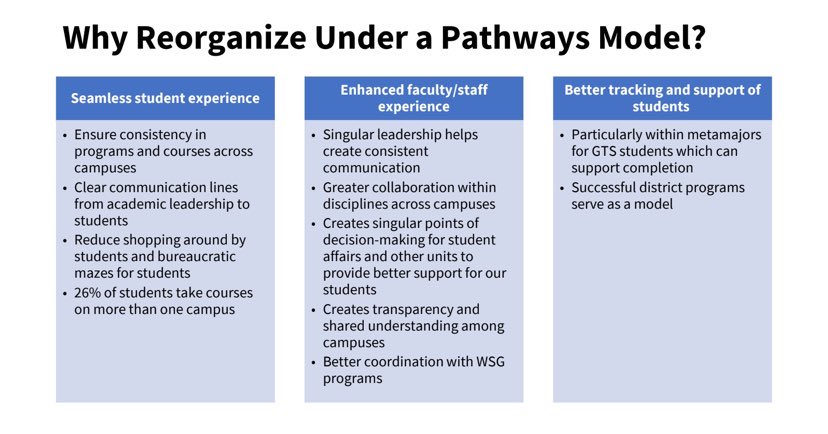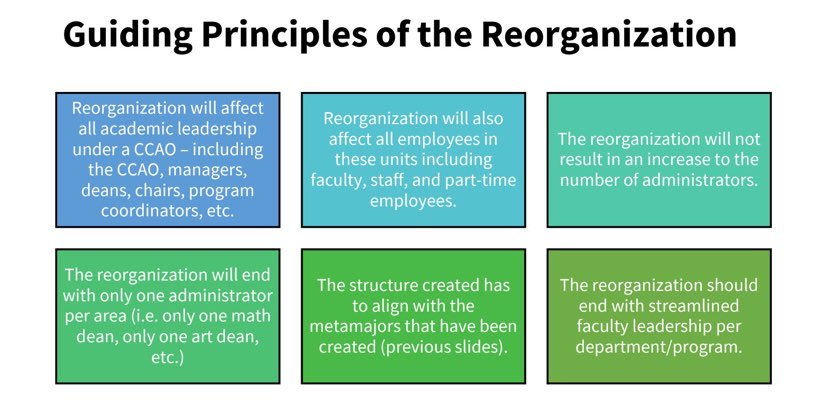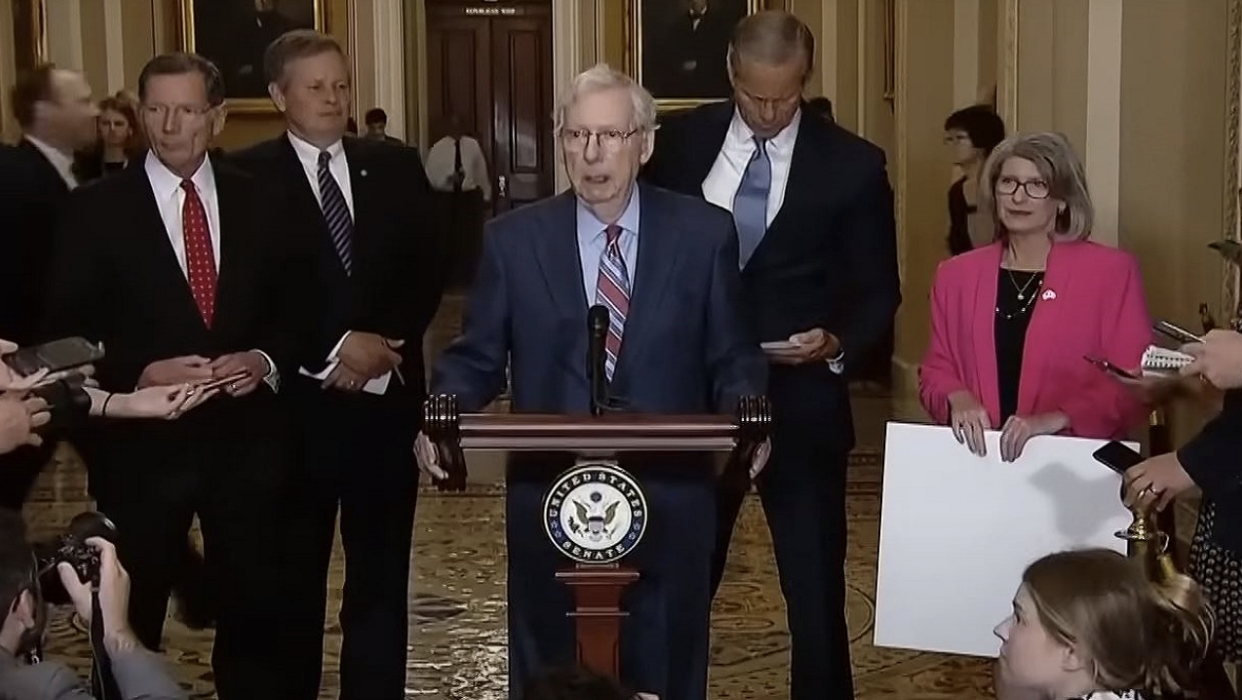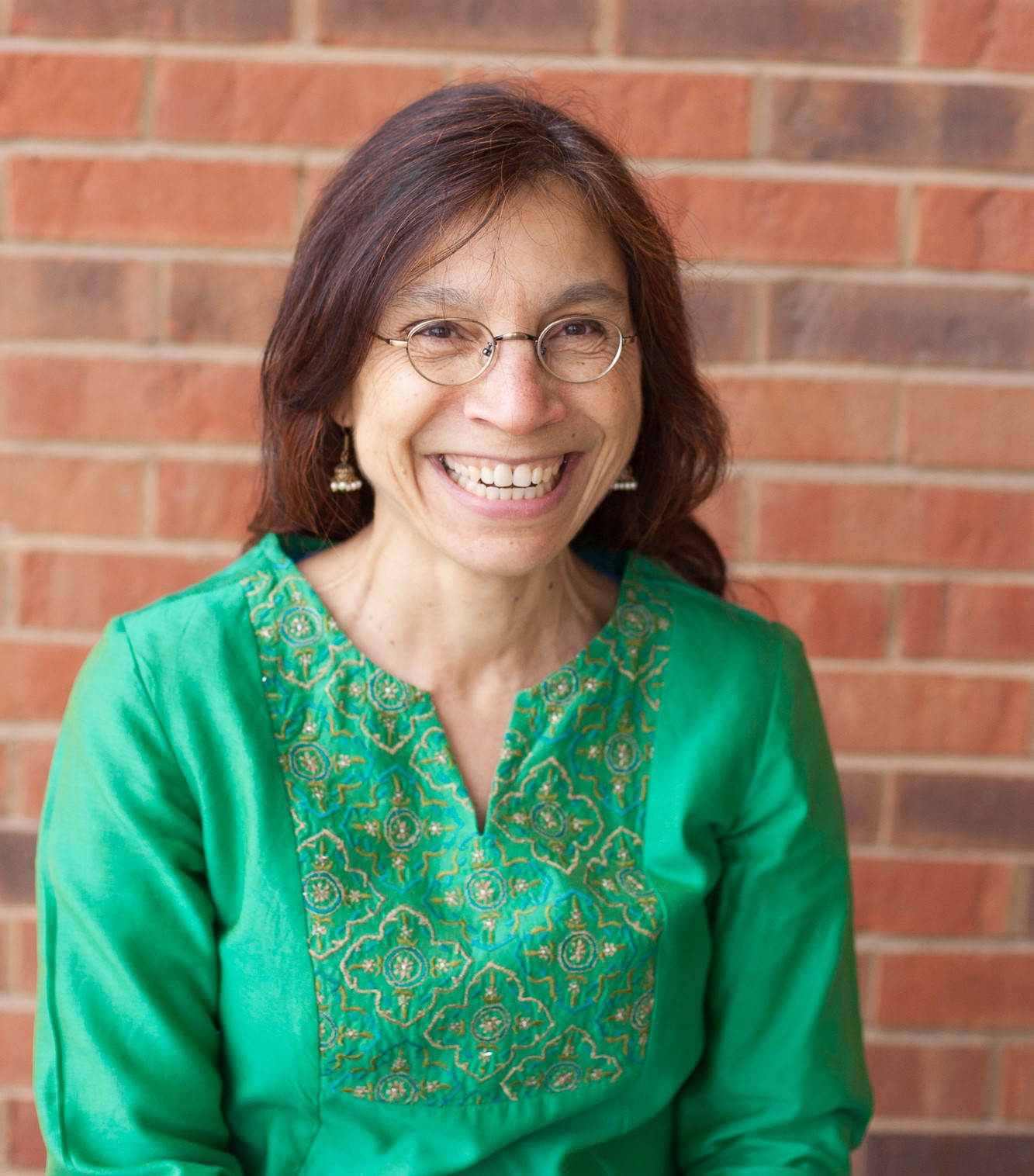Vice Chancellor Langrehr tries to clarify misconceptions
BY: JACOB POLITTE
Managing Editor
STLCC hosted several forums across its campuses recently regarding a reorganization of its programs and department under the umbrella of Academic Affairs during the week of Sept. 18. The reorganization is set to be drafted over the next two months, formally presented to the Board of Trustees in December, and be fully implemented by July 1, 2024.
The forum at the Meramec campus took place in Lecture Hall Room 103 on the afternoon of Sept. 20. Campus President Moore-Davis and Vice Chancellor of Academic Affairs Andrew Langrehr hosted and led the forum, with Langher’s portion taking up most of the presentation. Langrehr said he attended all sessions across the campuses excluding one session at the Florissant Valley campus.
When Langrehr finished his presentation, he opened the forum up to questions. The faculty present in the Lecture Hall that day had many questions to ask him. And some who spoke up were not thrilled with what was presented.

Langrehr gives some background
Langrehr said that reorganization isn’t a new thing for the college.
“This isn’t the first time that Academic Affairs has been reorganized,” Langrehr said. “Not long ago, rather than campus presidents and CCAO’s, we had provosts. We’ve changed some departmental structures and some division structures over time. We’ve been talking about ‘One College’ at St. Louis Community College and what that means. So, there’s been structural changes, not just Academic Affairs, but in other units.”
Langrehr said that he considers the most significant reorganization of Academic Affairs in recent times occurred between 2015 and 2018. Langrehr, however, acknowledged some shortcomings that persisted in that model.
“In that model, what you get is a kind of campus siloization,” he said. “Where Meramec students get different opportunities and resources and things that students on other campuses [may not receive],” he said. “Maybe even different answers to questions about the same program, because it’s kind of silo’ed by campus.”
Langrehr said that the goal of “One College” is to make it where students across campuses have “the same responses to questions, the same opportunities where the same programs exist for assistance and tutoring and the same access to courses and faculty.”
Regarding the benefits to ‘Pathways’ and ‘Meta Majors,’ Langrehr touted the positives.
“Sometimes the terminology may get a little nebulous,” he acknowledged. “But, many students may not know exactly what they want to do.” Langrehr then said that they do know what they’re interested in.
“The benefit of the Pathways approach is that students can get to that degree or credential by taking fewer classes. And taking fewer classes that don’t count toward the degree.”
Dr. Moore-Davis was seen speaking with several faculty members after the presentation’s conclusion, but she declined to give comment to The Montage citing time constraints.
Langrehr, an STLCC veteran of over 22 years, first came to Meramec as a faculty member of Chemistry, ascending to various roles over the years before landing the job of STLCC’s Vice Chancellor of Academic Affairs. He said that the college takes faculty feedback “very seriously.”
“The college takes it very seriously,” Langrehr said. “That’s why we’ve had multiple sessions on each of the campuses on this particular issue, to get that input.”
Langrehr said that the session was primarily about receiving feedback from the faculty before beginning to draft specific plans.
“We’re not making any structural recommendations until we get that, and until we collate that and see what’s there,” he said. “From my perspective, on this issue, I think it’s pretty obvious that we care about folk’s input.”
He continued, “The purpose of the forum was, pretty directly, to talk just a little bit about ‘Pathways’ if people needed a little bit of a refresher on it. Most of the folks in that room have heard some about it because we’ve been working on it for a while, but it was primarily to do a little bit of a refresher on that.”
Langrehr says he also provided data about STLCC’s current system during the presentation, which was provided to every faculty member and was also displayed on the projector screen in the Lecture Hall.
“The thought was that there would be some time to ask some questions and also maybe to work together in thinking about that,” he said. “In most of the sessions […] most of the time was spent in that kind of conversational aspect with the leadership and the group. Asking questions about what’s possible, what things are on the table and off the table, as opposed to really getting into ‘how many leaders do you need over this size group’ and that kind of stuff.”
He continued, “For Academic Affairs, [this is] possibly a big change. We want a lot of smart people thinking about it, so that we can make the change work the best in the future. For faculty, staff and students.”
Tensions simmer in Lecture Hall 103
The forum got heated at many points. Some faculty members challenged Langrehr’s positions directly during the forum, and Langrehr acknowledged he didn’t have some of the answers on hand that faculty was seeking.
“In that room, I didn’t have a lot of ‘Here’s what this is gonna look like,” he said.
He chalks up the strong reactions to a sort of fear of the unknown, and says he understands why some faculty may feel uneasy.
“I think that some of it comes from the seriousness of the conversation,” Langrehr said. “When you’re talking about changing structure, change causes some fear.”
Langrehr said that “Right now, faculty know who their supervisor is. They know what that structure looks like. They know the personalities and the practices within that structure.”
He continued, “And if it’s change that’s gonna affect you and you’re not clear on how […] if you’ve got someone coming in and saying ‘Hey, by the end of this year, a lot of that can change for many of you’ I think that heightens people’s sense of awareness.
Langrehr understands that some faculty may not understand how this change may affect them and that they may not be able to picture how it would work due to how “open” the process is right now.
“I think some of that is pretty normal,” he said. “When you have a serious change going on, and people are concerned about it.”
Langrehr also acknowledged that some faculty may not be sold on “Pathways” but he said, “We care, we want to hear [what faculty thinks] and that’s why we’re providing data and not pictures. I think people want to be heard, and make sure that I understand that they care about it. That it’s important to them.”
He continued, “That didn’t fall on deaf ears. Each of the campuses have a little bit different culture, and we did these [forums] and I think there were some passionate questions on all of the campuses. But there were definitely more at Meramec. And that’s part of the culture there. They like to ask the hard questions.”
One thing Langrehr wanted to make clear is that there are no plans to move faculty off of a campus to another if they do not wish to do so.
“There’s no plan to move faculty in what’s in front of us,” he said. “This is really a plan about making sure it’s clear how faculty across the district connect and who leads them. And making sure that structure is ‘One College’ and with a Pathways lens on it.”
Langrehr acknowledged that every year, there is conversation about a little bit of faculty movement as a result of retirements or other changes. But he says not to expect more movement than normal.
“That’s not the purpose of this,” Langrehr said. “I don’t think that with this conversation, it’s gonna change from what’s ordinary.”
One point of contention with faculty concerned what the group perceived to be a lack of specific data and a lack of names of institutions using the Pathways model. While he didn’t name institutions to The Montage when asked, Langrehr said that Pathways is used at institutions on a national level. He promised to deliver more detailed information about those institutions and other specific data to the faculty.
“I’m working on providing that,” he said.
Addressing one final criticism, he said, “We leaned on our own successes in terms of deciding to go down this road. Where we have done this centralization, it’s been good for students. There was a faculty member [in the forum] who didn’t think it was great for their area. The majority opinion is that it has been good in the areas. It’s been good for nursing students, the outcomes across the district have been better and more consistent. It’s been good in the other programs, that’s why we’ve added programs.”
“I want to be clear,” he said. “We’re not looking to have someone else prove to us this works. We’re leaning on our own successes, and moving further down the road from where we’ve already started.

The view of the faculty
Faculty who spoke at the meeting during a time reserved for questions included: English Professor Shaun Reno; Legal Studies Professor Robin Kaiser; Mathematics Department Chair John Elliot; STEM Professor Scott Beck; English Department Chair Jeffery Schneider; Cindy Clausen; Academic Dean Amy Mead; Education Professor Ana Cruz; Philosophy Professor Aaron Champene; English Professor David Taylor and Montage Faculty Advisor Shannon Sanders among others.
In particular, Kaiser spoke up at multiple points throughout the forum, directly challenging Langrehr at times. She declined to give further comment to The Montage when contacted last week. Others who were approached declined to speak with The Montage citing a lack of understanding to properly comment on the matter, and Professor Sanders was not approached for comment due to the potential conflict of interest that would arise.
Professor David Taylor, however, did speak with The Montage. He said that the forum may have gone more smoothly if professors had more specific details on what they were giving input on.
“It probably would have created a different atmosphere in the room,” he said.
“Asking for feedback at this stage on one hand seems to make sense,” he said. “So faculty can kind of shape the conversations and the direction. But the problem is that faculty have somewhat of a limited perspective on the different requirements for all of the different positions within the college. And even within the different departments within the campus.”
He said that he currently has the same questions now that he did at the forum.
“I left that meeting with more questions than answers,” Taylor said. “I was hoping to see what the problem is that the reorganization is attempting to solve, that our current organization doesn’t seem to be able to handle appropriately.”
He later continued, “Faculty think about ‘How this is going to be implemented practically? What is it gonna look like?”
Taylor highlighted one particular issue he saw with the college’s idea.
“For instance, one of things is that it looks like the college wants to have district-wide departments. So you would have one dean over let’s say, every English Department on each campus. One of the things the Deans have to do is they have to have class visits as part of our faculty evaluation. So the Deans are going to have to go to every single campus to visit the faculty. So is that practical or not?”
Taylor raised other concerns about the deans structure during the forum, and a lack of details from the college about the structure left him confused.
“You’ll have a dean overseeing a department, and then a dean that will oversee a ‘Pathway.’ But there could also be multiple deans that oversee a ‘Pathway.’ The thing is, I don’t know what that means. What would they be doing when they oversee it? That would inform what my feedback might be. […] I’m lacking that perspective that the administration has for what would be appropriate for some of these roles and what they would be doing.”
Taylor also talked about the college’s projected timeline for the reorganization.
“Even if we say it’s going to take the entire year [for this reorganization], the last one took four years,” he said. “Granted, there was much more involved with that reorganization than this one.”













